


Chances are high that over the last two decades, you’ve been influenced at least once by Deborah Needleman, even if you’ve never heard of her. At different times over a long stretch starting in the early aughts, she helmed three of the most buzzy, trendsetting publications in the country: Domino (which she founded), followed by WSJ (the Wall Street Journal’s monthly magazine), and later T: The New York Times Style Magazine.
Before she was a style arbiter, though, she was a garden editor (House & Garden) and columnist (Slate). And now, she’s returned to her first love—the world of plants. “It’s been ages since I was a garden writer and constantly immersed in the world of gardening. But now my days again revolve around being immersed in nature and making things from it—gardens and baskets, including basketry things for the garden like plant tuteurs, cloches, and trugs,” says Deborah, who spends most of her time now at her country home in the Hudson Valley. “I’m just so happy to be back mucking around in the garden and in the woods.”
Today we’re sharing a Quick Takes from over on Gardenista, in which Deborah makes the case for non-natives in the garden (when they make sense), Okatsune secateurs (“better than Felcos”), and an all-white gardening outfit (we’re now converts).
Photography courtesy of Deborah Needleman, unless otherwise noted.
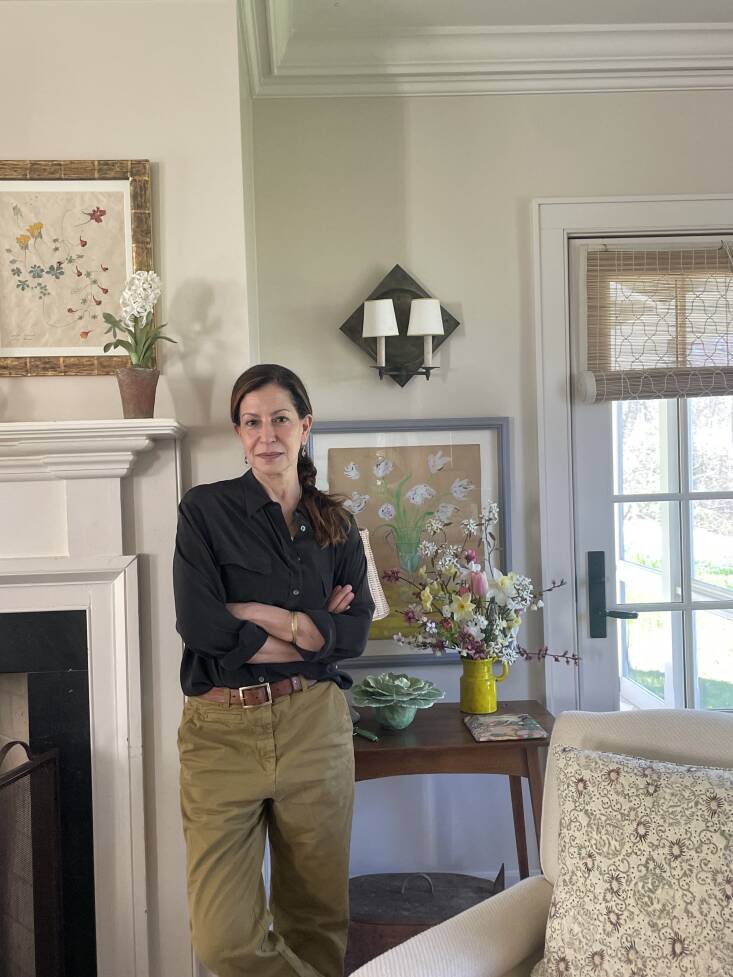
Not a garden, but the wild woods at the edge of the newly built suburb where I grew up. It felt like entering the private, backstage area you weren’t supposed to see, because everything around it was neat and manicured and without drama or mystery. And years later, when I first heard the term “landscape architecture,” it opened my mind to the idea of designing spaces from the materials of nature. A total revelation. I wanted to make places that incorporated wildness and unpredictability within the bounds of a structure.
I most often go back to Henry Mitchell’s The Essential Earthman, essays from his old column in The Washington Post. He was a colleague of mine in the ’90s–erudite, hilarious, eccentric, and wildly opinionated. He was offended by the idea of “low maintenance” gardens, and adored ephemeral plants and flowers, as those are the ones that have the power to break your heart. He would take the day off work when his bearded irises bloomed.
Nature coaxed into atmosphere.

I’m crazy for spires like verbascum and foxglove. And I also love an umbellifer–Queen Anne’s lace, ammi, angelica.

I don’t go in much for leaves that are red or yellow or variegated as they often look sickly or like they’re trying too hard to make a point. And I’ve often thought that if forsythia didn’t flower so early, probably no one would countenance that beastly yellow later in the season when there are so many other things to delight us. This season I realized I’d had enough of its shaggy demeanor and clashing jolt of brightness against the soft, subtle colors of early spring. They’re getting evicted as soon as I have a moment.
Boxwood balls. They seem to solve almost every garden problem.

A garden that is thought out and planned looks better than one that just evolves by cramming new plants in. I’ve always followed the idea that if you find something you love, you’ll find a place for it—and you do find a place, just not the best one. I’ve learned the lesson, but I’ve yet to heed it.
Non-native plants are great! I wouldn’t want to garden without them. We have to be smart about what we plant and about the environment, and to garden in a way that makes sense for our landscapes and region, but also be open minded. I’ve been using more natives than ever before, but it’s a “garden” we are making after all—even if our goal is to tread lightly on the land and to provide a healthy habitat for wildlife. Many natives, like goldenrod and Joe Pye weed, are awful thugs, and many exotics are well-behaved and beloved by the local birds and butterflies.
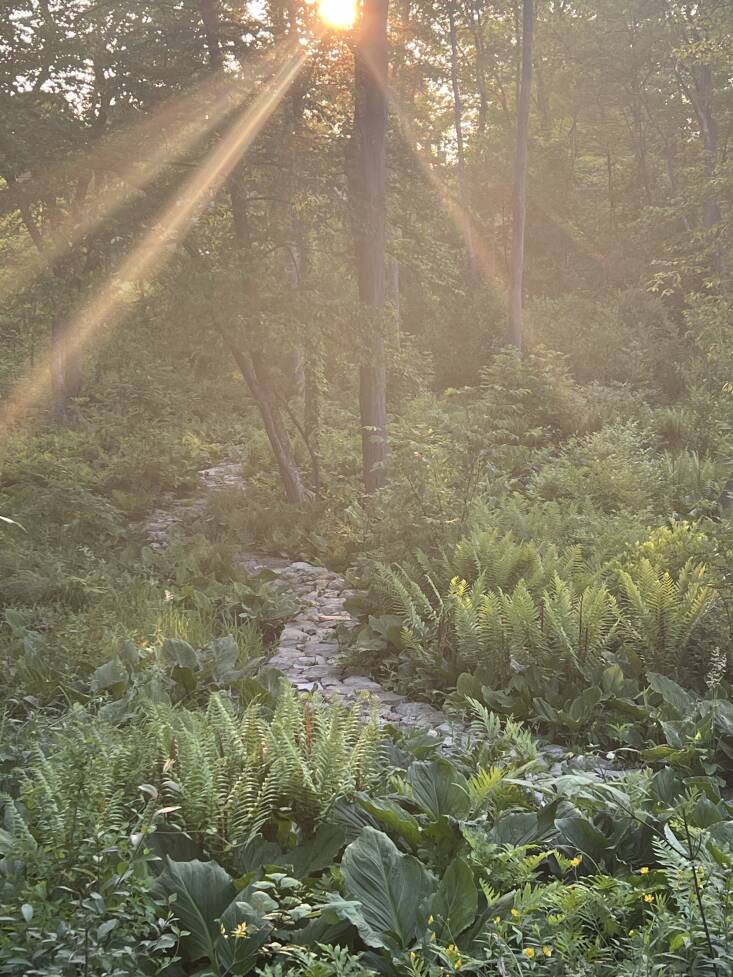
The one-size-fits-any-region native meadow seed mixes full of rudbeckia. They feel like they belong in the Midwest near a lake, not on the East Coast; I’ve never seen anything like them in the wild.
The Chelsea chop. Literally hacking some plants can revive them.
To design spaces from your windows and doors so that there is a pleasing connection, or conversation, between the outside and inside. And of course, always cutting something to put in a vase at any time of year.
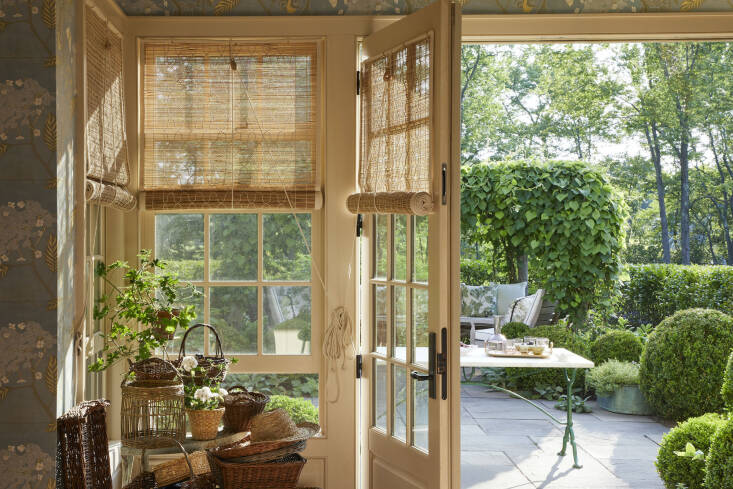
Place to sit and share a meal with friends.
Thick, old, local stone for pavers, which I can never find.
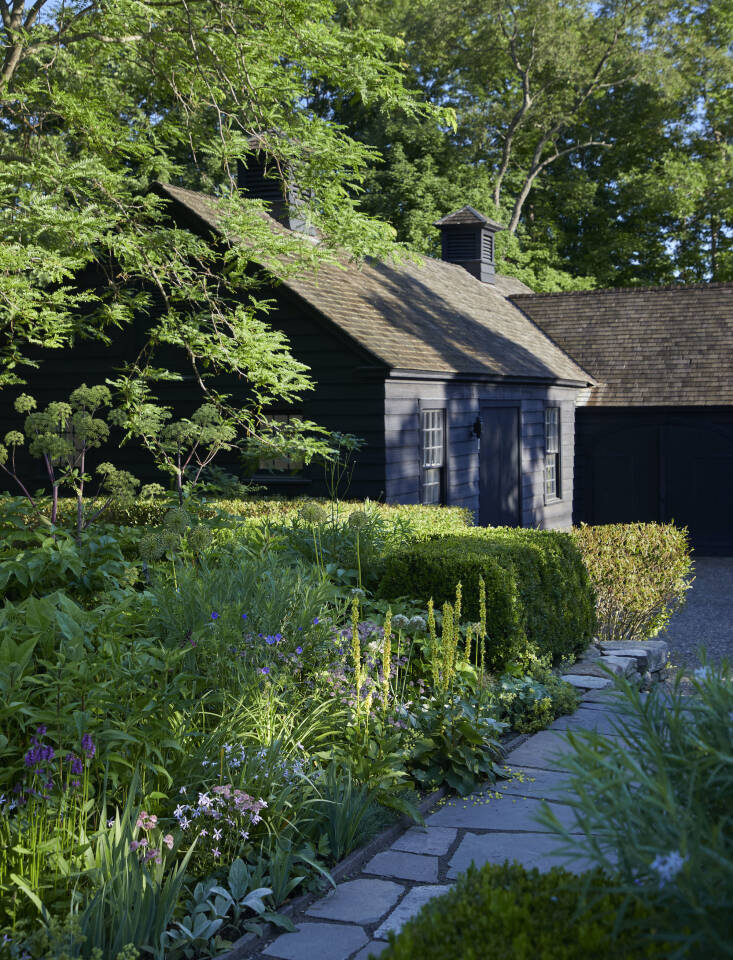
Okatsune secateurs—so much better than Felcos. And I was late to the hori knife party. I like the Niwaki ones. My old trowels now sit idle.
I have a perfect old French “bleu de travail” jacket from the Paris flea market. And weirdly I often garden in all white–white Dickies or Carhartt pants, a white Hanes Re/done t-shirt, and white slip-on Vans. I like to see all the dirt on me, and the painters pants can hold a secateur or hori knife in that narrow side pocket.
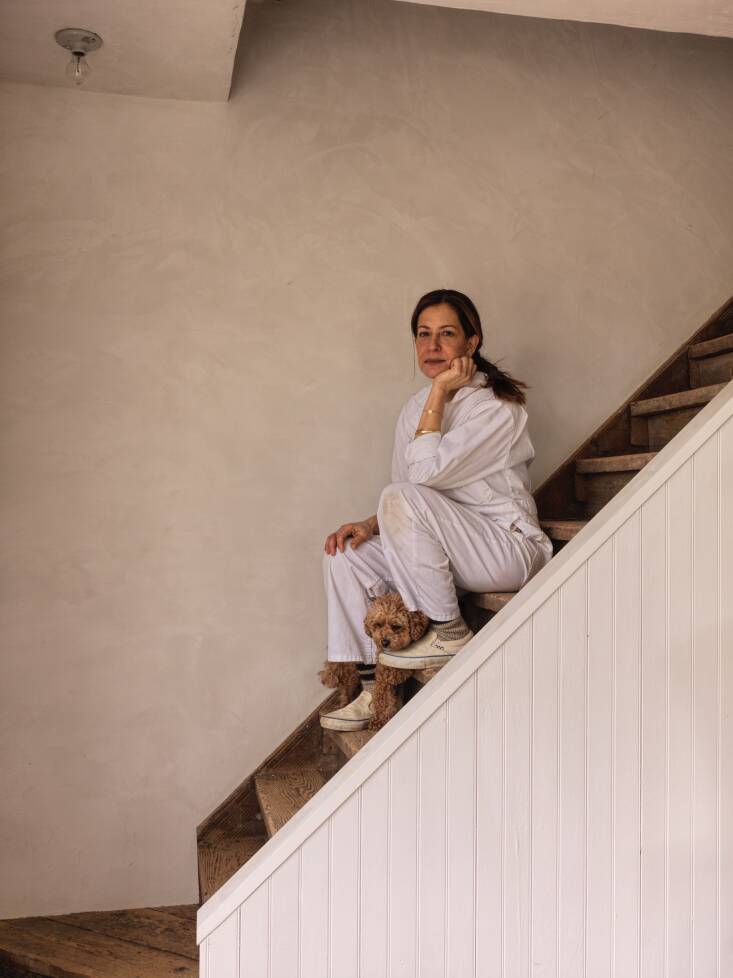
Just got back from Holland, and it reignited my passion for tulips, especially species and rare historic varieties. The only place in the US that sells rare tulips is Old House Gardens. They are expensive and you can only buy limited quantities of them, but I’m so glad this nursery exists. (Polly Nicholson’s new book, The Tulip Garden: Growing and Collecting Species, Rare and Annual Varieties is a treasure, my favorite new garden book.)
Woodland edge trees like hamamelis, amelanchier and dogwood.
The Botanic Garden in Oaxaca, although, sadly, you must go on a group tour instead of being free to stroll. And for years I didn’t understand what the big deal about Sissinghurst was, as it seemed so manicured and stuck in museum-like aspic, but the new head gardener has brought it back to life and up to the moment, and all in the spirit of Vita Sackville West. So impressive.
To wedge myself into nature’s rhythms, mysteries, and patterns.
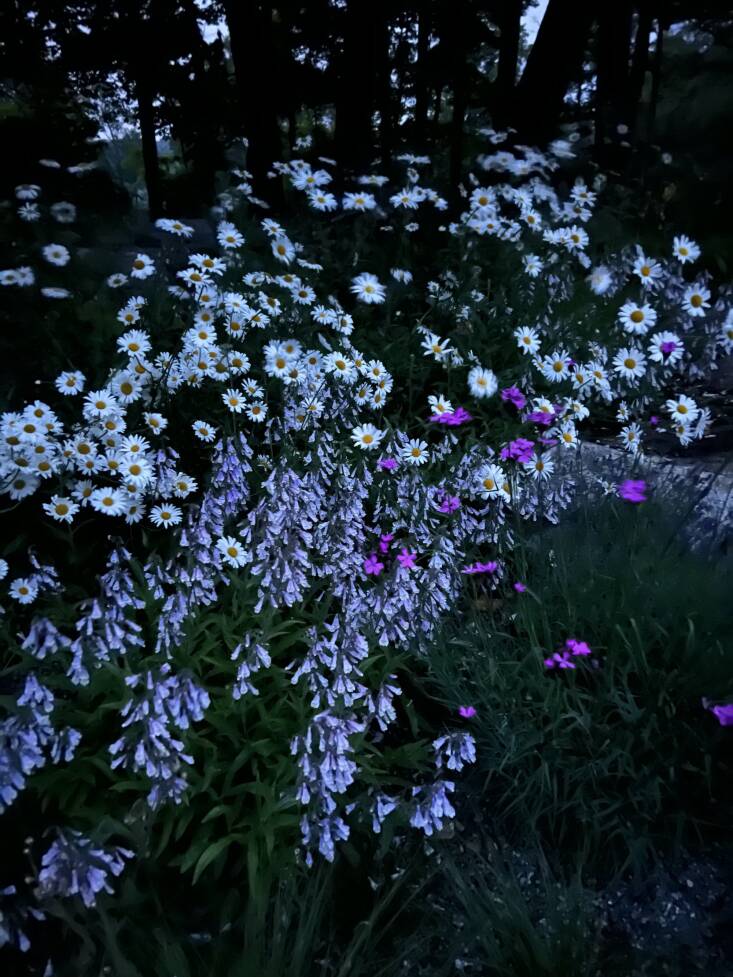
Thank you, Deborah! You can follow her on Instagram @deborahneedleman.
For more, browse our Quick Takes archives on Remodelista and Gardenista.

Error: No connected account.
Please go to the Instagram Feed settings page to connect an account.
v5.0
When you register as a free Member of the Remodelista family of websites (Remodelista, Gardenista, and The Organized Home), you gain access to all current posts plus 10 archived posts per month, our internal bookmarking tool, and the community bulletin board.
Member benefits include:
For $5/month ($59.99 paid annually) you'll enjoy unlimited, ad-free access to Remodelista, Gardenista, and The Organized Home and all the benefits of Membership.
Subscriber benefits include:
For $5/month ($59.99 paid annually) you'll enjoy unlimited, ad-free access to Remodelista, Gardenista, and The Organized Home and all the benefits of Membership.
Subscriber benefits include:
Benefits include:
For $5/month ($59.99 paid annually) you'll enjoy unlimited, ad-free access to Remodelista, Gardenista, and The Organized Home and all the benefits of Membership.
Subscriber benefits include:
When you register as a free Member of the Remodelista family of websites (Remodelista, Gardenista, and The Organized Home), you gain access to all current posts plus 10 archived posts per month, our internal bookmarking tool, and the community bulletin board.
Member benefits include:
If at any time you want to become a Subscriber and enjoy unlimited, ad-free access to all our content, just go to the My Account link and choose Subscribe.
Advertising funds our work at Remodelista and helps us provide you with a daily dose of design. We hope you’ll consider disabling your adblocker for Remodelista so we can continue our mission: a well-designed home for all.
Thank you for your support.
Have a Question or Comment About This Post?
Join the conversation